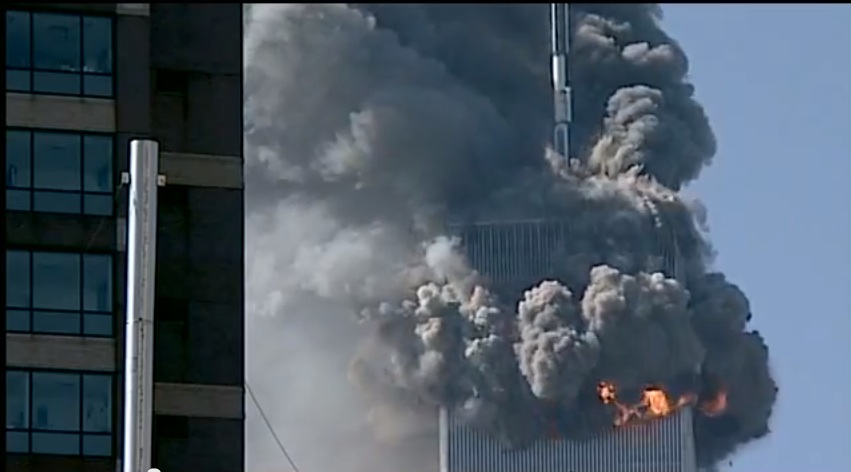RolandD
Active Member
Roland, the melting points of steel and iron are quite similar (depending on the type of steel, but without much variation) and is roughly 1500 centigrade. In fact, steel is essentially modified iron; iron that has been combined with other elements. If you're suggesting that the substance pouring out of the WTC is molten Iron, then you're suggesting temperatures were hot enough in the per-collapse fire to melt steel. If this is true, or even plausible, why does NIST insist its not even possible?
Here, you give a good example of how to intentionally misconstrue information and disrupt the discussion. In an earlier post, Mick suggested we find a way to estimate the volume of material shown in the WTC video. In a effort to play nice, I have attempted to do that by finding examples of molten pours. Although I now know how aluminum foil is made, I could not find a satisfactory video displaying a pour of aluminum from a refinery. I did find several videos of steel and iron. I posted the steel video because, even though it is not a very good comparison for flow rate, it does illustrate how steel throws off a shower of sparks when molten as we had discussed, previously. As for the iron pour video, the volume and flow rate being poured from the hand held crucibles appear, to me, to be similar to the amount of material seen in the WTC video, indicating that, most likely, we are seeing, at most, several hundred pounds of material. When I mentioned that iron behaves different than steel, I was referring to the fact that iron does not throw off sparks when molten, unlike steel. Nowhere did I suggest that the material in the WTC video was iron.
Mick, something you should note about your video of the fire-fall, and your various photographs of glowing orange embers: they are all universally night-time images. Embers do not glow that obviously in broad daylight. They still glow, but under direct sunlight the greys and blacks, and ash-whites of embers become the dominant color-features, even when blown upon.
At night the embers of this fire would be glowing a rather brilliant orange, but under direct sunlight the glow becomes a muted, almost pinkish hue.
The material pouring out of the WTC did not have the look of embers at all, considering the bright orange glow was consistent throughout under direct sunlight until they seemed to reach a cooling/solidifying point.
I believe, please correct me if I'm wrong, that Mick posted the video to illustrate that the behavior of the materials were similar between the two videos, not that he was proposing that the material in the WTC video was actually wood embers. In the WTC video, some of the material falls and some drifts away, just like in the fire-fall video.








